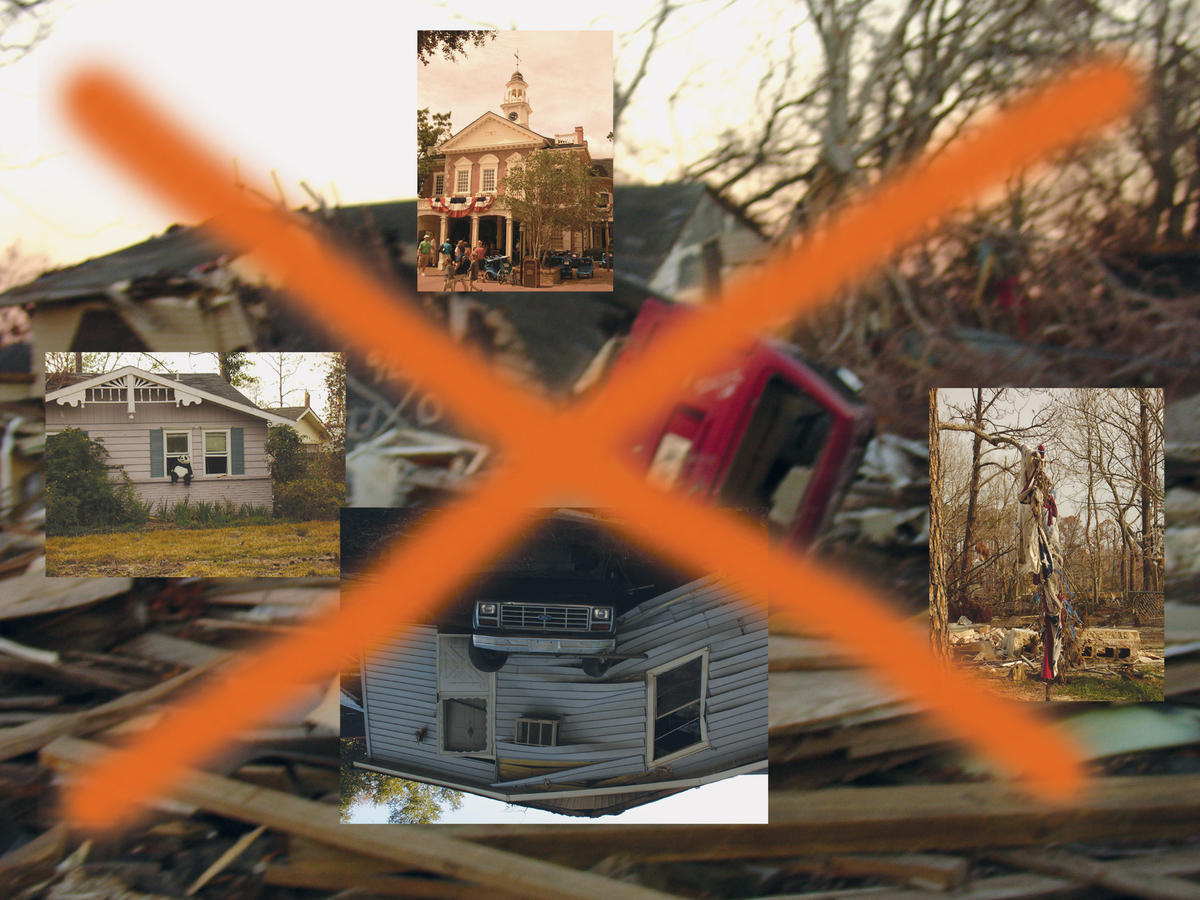
My body somehow managed to shift from Disney World, New Orleans, and Disneyland all within a contained timeframe. It traveled to Disney World to perform research. There, I attended lectures at The Hall of Presidents on the half hour. On my way to and from Disney World I visited New Orleans. This was not really for research. I was visiting home. Covington, Louisiana, that is. It’s just across the twenty-four mile bridge. Upon returning to California I waited about a week before deciding to investigate the original park in Anaheim, Disneyland. I did this in spite of the fact that Abraham Lincoln would not be giving his usual lecture until the park’s eighteen month-long anniversary party was over. There were rumors also that Walt himself might reappear from his frozen slumber.
Many who have visited both Disney World and Disneyland have described the process as repetitive if not futile. Although repetition is always a worthy object of study, I nevertheless was partially surprised that the Magic Kingdom in Orlando might be a carbon copy of the one in Anaheim. Of course, this is not true. It is more true to Disney’s form to have something appear repetitive only to realize that some things remain unfamiliar. Walking through Disney’s environments is an exercise of the uncanny. Magic, is the word Walt preferred. One of the most striking distinctions between Disney World and Disneyland is city planning. What I was most surprised to find in Disneyland is that there exists a piece of French Quarter. Thus, I was now, not only recalling my Disney World trip, but also Louisiana.
These locations might seem disparate, but one immediate connection is their emphasis on spectacle. Costumes, spontaneous musical performances, and parades can be expected, all amid a mise en scène of historical nostalgia. Also the distinctions between the places often form dichotomies. One example is the location of labor. At the Disney Resorts much of the labor that goes into producing the Magic takes place below the ground. In New Orleans, much of the labor or the struggle to survive happens above ground but below sea level. A distinction also exists in the proposition of pleasure that awaits the tourist when visiting Disney or New Orleans. Indeed, the tourist expects or demands (it’s been paid for) a certain amount of pleasure to be manifested. In New Orleans, the expectation of pleasure is far less calculated than in Disney territory. Let’s just say that some quality of a Dionysian experience is pursued in New Orleans that is not in Disney, unless perhaps one wants to argue for the child’s experience. There’s is a familiar phrase that New Orleans, or more specifically, the French Quarter is a Disney World for adults. Perhaps this makes sense. Yet I find the possibility that New Orleans is something of an adult Disney World to be quite haunting. Clearly, this implies a space where adults feel comfortable getting wasted. But couldn’t this happen in any city or anywhere, for that matter? The question remains, why is it New Orleans that has become the Disney World for adults? The conceit is that not only is New Orleans a great place to get wasted, but it is a historically loaded place to get wasted. It’s fun to forget.
Walt Disney understood this dynamic and stole the strategy from New Orleans by promoting a historical fetish that erodes historical memory in favor of the hallucination of the Historical. Sadly, post-Katrina New Orleans will now add another hallucination to its tourist industry. Many tourists are coming, camera in hand, in an attempt to record the trauma of widespread destruction and its detritus that has reshaped the region. Yet this is as futile as photographing Disney’s environment where the picture becomes a disappointing fragment of an impossible and terrifying landscape. I’ve already mentioned that a French Quarter exists in Disneyland. This French Quarter occupies a curious corner in the park as it is not quite a full-blown attraction but merely a passageway to the Haunted House — a Louisiana plantation recast as an amusement. When Disney took the opportunity to repeat and transform Disneyland into Disney World, the French Quarter was edited out and the Haunted House lost its Louisiana specificity. Perhaps Disney feared the connections to the subterranean. We’ll see what happens when New Orleans gets another chance.